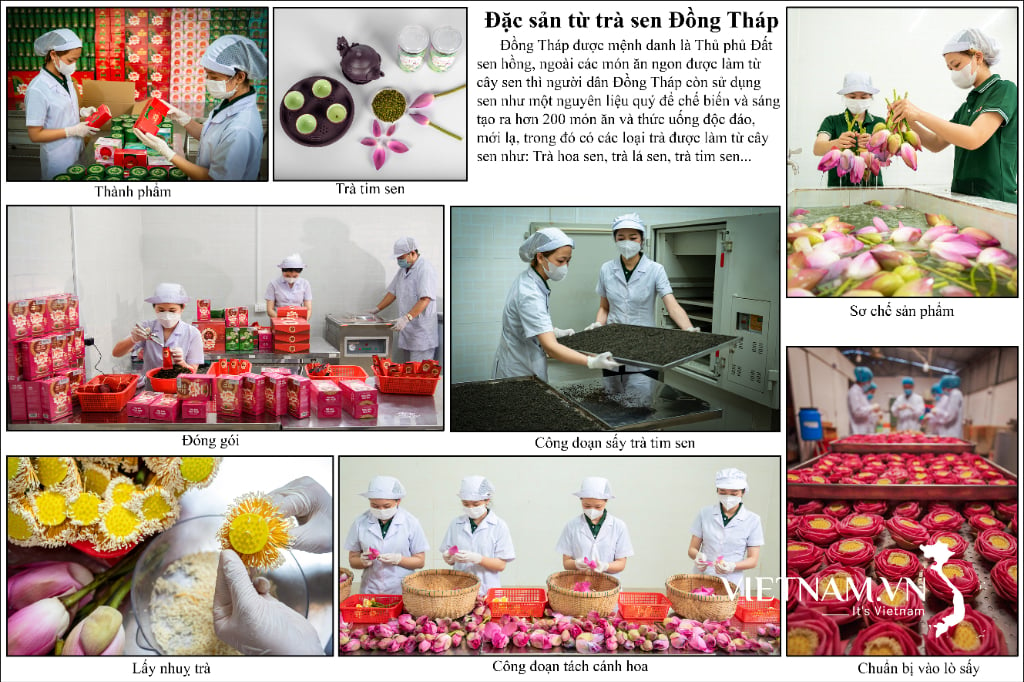
Japan's birth rate has fallen to its lowest level in history (illustrative photo)
According to the report, the total number of births in Japan fell 5.1% in 2022 to 799,728. The decline comes much earlier than the Japanese government 's 2017 forecast that births would fall below 800,000 by 2033. In fact, that number has nearly halved in the past 40 years, when Japan recorded more than 1.5 million births in 1982. The decline in the birth rate has lasted for decades and the Japanese government has not been able to reverse it, despite many efforts. One of the factors that has exacerbated the birth rate decline that the country is facing is lifestyle changes due to the prolonged Covid-19 pandemic and the increasing trend of late marriage.
“Japan is on the brink of being unable to maintain its social functions. Thinking about the sustainability and inclusiveness of the nation, we have made child-rearing support a top priority,” Prime Minister Fumio Kishida warned, adding that Japan could not wait any longer to address the low birthrate. A new government agency will be set up in April to focus on the issue and the government will need to double spending on child-related programs.
The low birth rate is caused by high living costs, limited space and a lack of childcare support in big cities that make raising children difficult, meaning couples are having fewer children. To address this urgent issue, a draft of measures to improve the birth rate was announced by the Japanese government yesterday, March 26, which will expand support programs to ease the burden on couples when giving birth and raising young children. Currently, Japan provides subsidies of 10,000-15,000 yen per child per month (about 76-115 USD), targeting junior high school students and younger. Japan is considering increasing the subsidy to 30,000 yen for the second child and 60,000 yen for the third child, and the scope of the subsidy may also be extended to children under 18.
The draft also proposes measures to ensure the rights of women after giving birth when they return to work; increase the rate of male workers taking parental leave to balance work and childcare between men and women. Also according to the Japanese Ministry of Health , Labor and Welfare, the rate of male workers taking parental leave is only about 14%, while the desired target is 30%.
Expanding childcare services for families with young children is also an important issue, so the draft has considered improving the convenience of administrative procedures related to childcare such as: Expanding childcare facilities, ensuring that all children can go to nursery schools, even housewives who stay at home and often have to take care of children can also use childcare services.
With the measures proposed in the draft, Japan is hoping to raise the birth rate to 1.8-2.1% instead of just 1.34% as it is now.
HONG HANH
Source

































































































Comment (0)